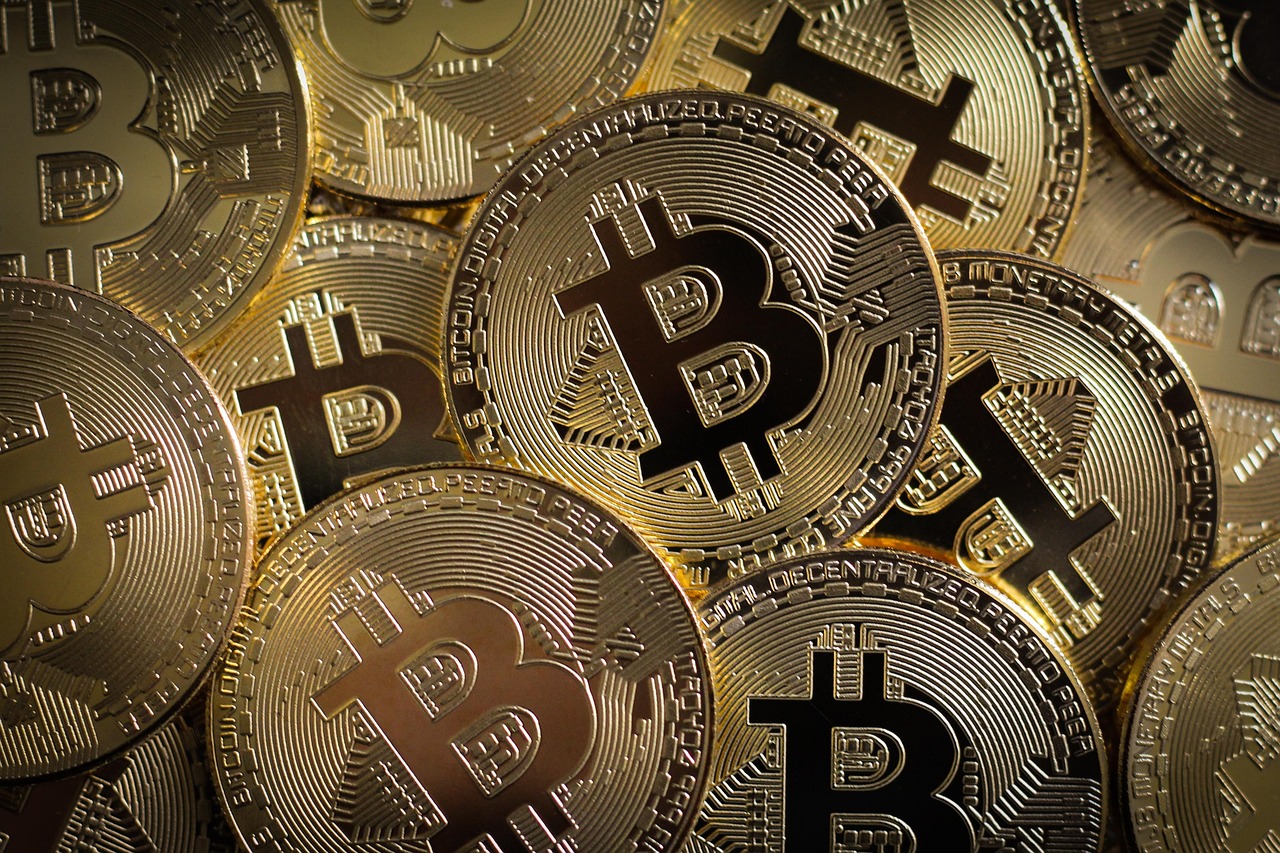The way we teach young people about money smarts is evolving rapidly. Traditional money lessons such as budgeting, credit card use, and saving for the future are no longer enough. As digital currencies move from niche to mainstream asset, schools and parents are rethinking how we teach the value of money. Increasingly, financial literacy programs are incorporating digital finance topics, from Bitcoin to blockchain, to help the next generation make sense of a changing world. Here’s why and how to teach financial literacy in a crypto world.
Why crypto is now part of money education
From Wall Street to TikTok: crypto is everywhere. Digital currency is more than a buzzword – it’s an integral part of daily life. Gen Z is already exploring crypto as an investment and payment method (even to buy houses), and financial programs across the US are taking note. Understanding how digital assets work helps young people make informed decisions about risk, savings, and wealth management. Just like understanding credit or interest, knowing how crypto really works is a core life skill.
Demystify the basics: Bitcoin, blockchain, digital wallets
Teaching crypto doesn’t mean diving deep into tech jargon. Simplified explanations go a long way. Bitcoin is a type of digital money, stored in wallets and tracked using blockchain (a public, secure digital ledger that permanently records all transactions). Digital wallets act like virtual bank accounts, and blockchain ensures every transaction is verified. When explained clearly, these concepts form building blocks for digital money literacy.
Hands-on access: Get familiar with crypto with Bitcoin ATMs
One of the most approachable ways for beginners to interact with cryptocurrency is through a Bitcoin ATM – kiosks where they can buy or sell Bitcoin with cash. You get to take part in the process in a tangible way. Seeing how digital money can be used in real-world settings makes the concept more relatable (and much less intimidating), especially for students and families new to crypto.
Digital literacy means digital safety
As with any form of money, digital currencies come with risks. Teaching safe use – like securing private keys, avoiding common crypto-scams, and choosing trustworthy platforms – is essential. Financial literacy programs now include these topics to help students navigate crypto responsibly and securely. It’s all about blending excitement with caution.
Crypto literacy matters more than ever
As digital finance becomes part of everyday life, financial literacy needs to keep pace. Teaching young people about crypto now will empower them to make smarter, safer money decisions in the future.
END

